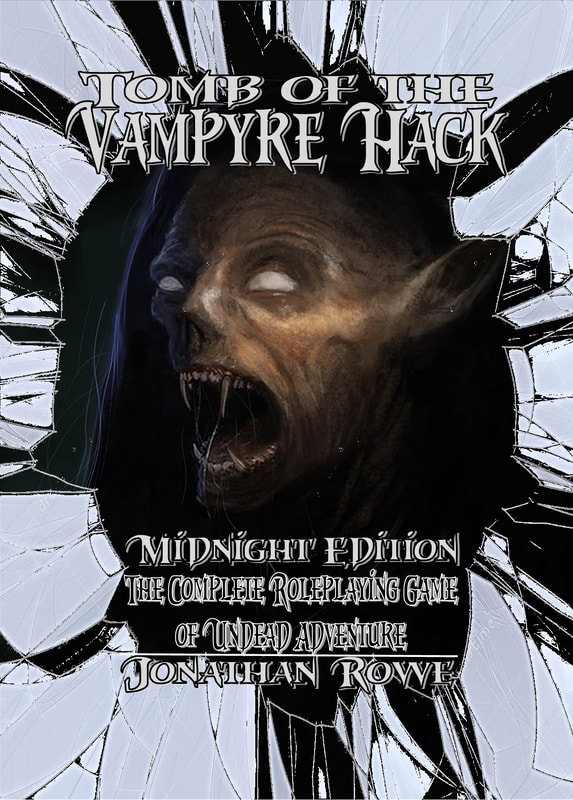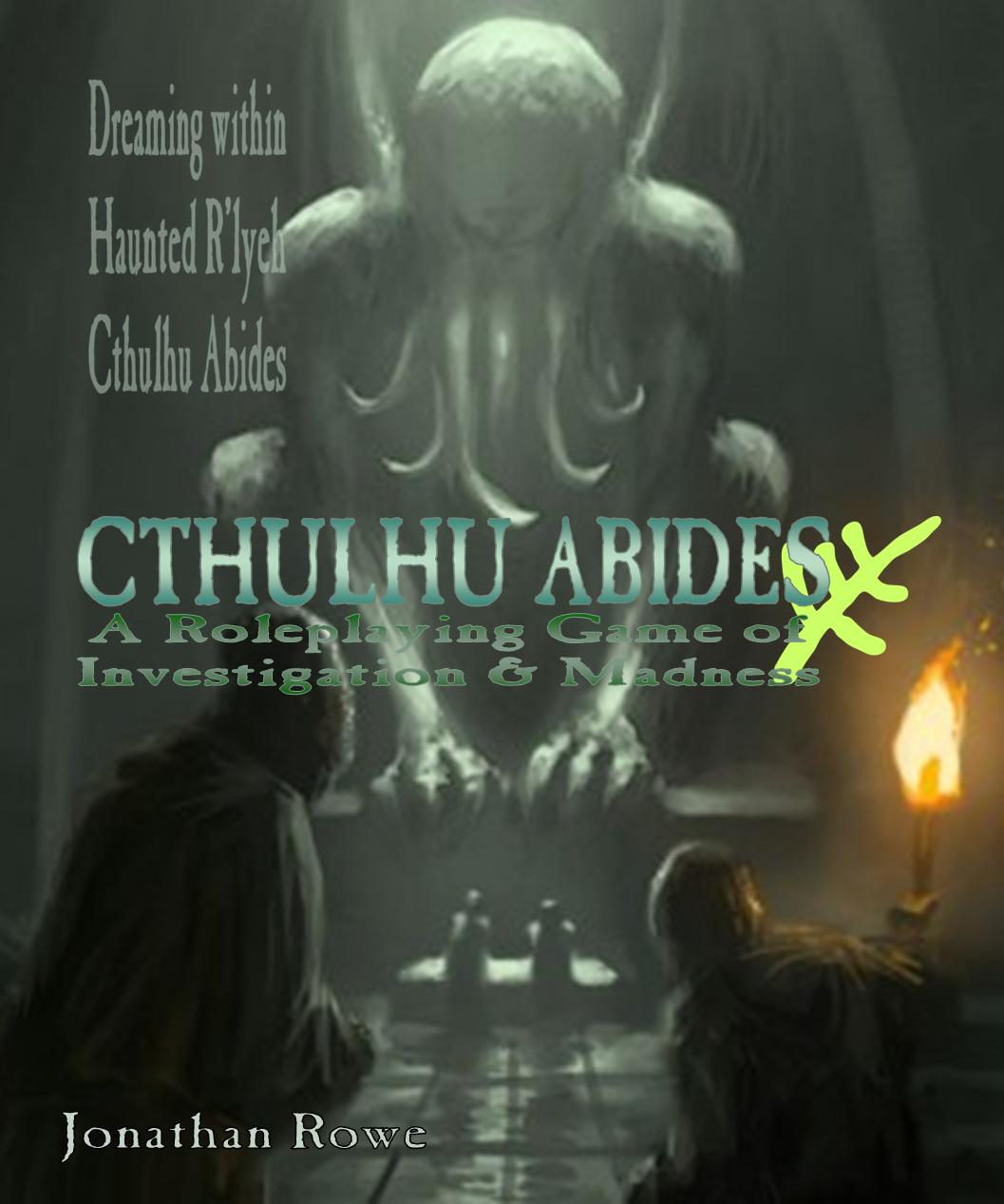|
The one person who has more illusions than the dreamer, said Oscar Wilde, is the man of action. The old D&D Illusionist proves him right which, because Wilde was being facetious, also proves him wrong. That's Illusionists for you. They're tricksy. After investigating the Ranger and the Assassin, the Illusionist is the last class for me to take a look at. What about Druids and Paladins and Monks, you say? Well, Szymon Piecha did a fine job on adapting them for White Box so I might review his creations in the future but I don't propose to alter them. Salvatore Macri offers a revised Illusionist in Swords & Wizardry: WhiteBox Heroes but his version is really the OD&D Illusionist, barely altered. I want to take a closer look at that then suggest another approach. The Illusionist is an odd D&D class in many ways. For one thing, it doesn't emerge from the collaboration of Gary Gygax and Dave Arneson nor (like the Ranger) from one of their gaming groups. It was developed by a Boston-area gamer named Peter Aronson and submitted to the Strategic Review, TSR's in-house magazine-cum-newsletter, and published in 1975. When Dragon Magazine debuted the following year, Aronson submitted a revised Illusionist with new spells and higher levels, bringing it into congruence with the development of Magic-Users in the OD&D supplements. Aronson's original Illusionist, adapted from Strategic Review, Winter 1975 Aronson's creativity is greater than you would think. The idea of specialist Magic-Users had not been hinted at in OD&D - the spell categories of conjuration, evocation, alteration, etc. had not yet entered D&D's vocabulary. The original rules concluded the Phantasmal Force spell with the gnomic remark that would rock D&D tables with a million heated arguments over the next decade: damage caused to viewers of a Phantasmal Force will be real if the illusion is believed to be real Aronson takes this idea and runs with it, developing a whole grimoire of spells based around illusion, concealment and manipulating the senses. The idea is all the more peculiar for lacking any real antecedents in literature or legend. Who are the famous fantasy illusionists? Well, Loki I suppose.... But that's the Loki of modern comics and movies. The Loki of legend is certainly a shapeshifter but not an illusionist. How about literature? There's the scene in Fellowship of the Ring where Gandalf adds foam-white horses to the flood that sweeps the Ringwraiths away at the Ford of Bruinen. This example is ambiguous though: has Gandalf added an illusion to the very real flood, or has he invoked the spirits of the river to take visible form? Folklore and legend feature many wizards, witches and fairies who can appear to be other than their true form, from the 'Loathly Lady' of Sir Gawain and Uther Pendragon taking the form of the Duke of Cornwall to seduce Cornwall's wife Igraine through to Shakespeare's Puck who disguises himself as a milking stool and gives Nick Bottom an ass' head.
Here again, it's not clear if Puck is an illusionist or a shapeshifter. Does he really become a pony, a roasted crab and a three-legged stool or does he just make people think that's what he is? Does Bottom really have the head of an ass or is that a true illusion? In D&D terminology, is this polymorph or phantasmal forces? In contrast, other types of magic-users - necromancers, demon-summoning conjurors, scrying clairvoyants, potion-brewing alchemists - are so much better-attested. The Illusionist is very much a product of D&D fandom and I suspect Aronson's inspiration lies less in fantasy and more in science-fiction, especially comic book characters like Mysterio and Star Trek episodes like The Menagerie (1966). Indeed, the whole idea of the 'illusion' as a subjective reality as opposed to magical alterations in objective reality brought about by shapechanging seems rooted in the assumptions of modern psychology (and ultimately Rene Descartes' dualism) rather than myth and legend. Wherever the idea came from, Aronson's Illusionist gives a real focus to what D&D fans were already doing - creating new spells - by proposing a Magic-User sub-class drawing upon an entirely different spell-set from the original. In D&D 5th edition, all mages can specialises to some extent or other in different 'schools' and Aronson set this project in motion. Or was Len Lakofka first with the fire-wizard Pyrologist in his 1975 fanzine Liaisons Dangereuses? Because Peter Aronson redrafted his Illusionist with a determination to make it compatible with official rules as they evolved, Gary Gygax didn't have much work to do adapting it for AD&D in 1978. One of the charming features of Aronson's Illusionist is the absence of power creep (compare and contrast, Joe Fischer's Ranger); in fact, Aronson unduly punishes his Illusionist, concerned that he's created something overpowered. Gygax brings the XP requirement down to be less than standard Magic-Users while raising spell slots to match Magic-Users. The spell lists are those from Aronson's revision in Dragon #1, with a few shuffles (for some reason, Ventriloquism is level 2 now). Gary Gygax raises the Dexterity requirement to 16. Sixteen! This seems to be an expression of Gygax's delusion that high attribute requirements represent some sort of limitation on a new class, rather than just empowering them even further. See what he's doing with his left finger? That's 16 Dexterity in action! In bringing back the Illusionist for Swords & Wizardry: White Box, Salvatore Macri leans heavily on Aronson's original version. The attribute requirements drop back to 15, the XP progression, while not as punishing as Aronson's original, is still higher than a standard Magic-User, although the spell slots are the same as a Magic-User's. The spells are Aronson's originals, sometimes with a bit of tidying up (e.g. Light and Darkness are no longer two spells, but rather a single reversible spell). Truly, Swords & Wizardry delivers that OD&D experience. However, Charlie Mason's White Box seems more willing to go beyond OD&D (such as the inclusion of fey monsters) and Szymon Piecha is much more radical, treating White Box as an opportunity to explore what OD&D could have been rather than faithfully recreating what it was. The Illusionist for White Box Minimum attributes are out, for starters. Szymon Piecha wisely ditches that colossal Charisma requirement for his Paladins and I'm following suit. So what if Illusionist spells are all fiddly and take a lot of manual dexterity to cast? If you're a clumsy Illusionist, you'll have your own problems. I'm not imposing a rule that, in effect, gifts all Illusionists fantastic Dexterity-based bonuses. Then we have the spells. Now I'm all in favour of Referees and players creating new spells for their campaigns. They can be judged on a case-by-case basis. But I'm not a fan of whole rafts of new spells being created, whole-cloth, for new classes, without some solid justification. Instead, I ask myself, isn't there some other way of getting this result without composing a new spell book in its entirety? I'll give Druids a pass, and not just because Szymon Piecha includes their spells in Expanded Lore. Wilderness adventures have always been an feature of D&D, but the spells have always been intensely 'indoors' in their theme, with little reference to plants or animals and an assumption that a 10' wide barrier blocks any conceivable approach. A set of 'outdoors spells' is a valid contribution. A whole new set of illusion-themed spells, though? Couldn't we do that differently? Why not give Illusionists exactly the same spells as Magic-Users - but their spells are all illusory versions of the standard Magic-User ones...? An illusory web, an illusion of a wizard locked door, illusory elementals and fireballs that deal illusory damage? Not all spells can be illusions, but I think Illusionists should still be able to manipulate feelings and emotions so charm person and sleep still stand, while the various detect spells would be part of any sorcerer's collection. The spells that have to go are the ones that alter the real world in a non-illusory way: Alter Time, Animal Growth, Dimension Door, Disintegrate, Fly, Knock, Levitate, Move Earth or Water, Passwall, Plant Growth, Reincarnation, Telekinesis, Teleport, Transform (rock, mud, flesh, stone), Water Breathing. How do illusory spells work? Well, just like the real ones, but if they 'kill you' you merely pass out for a while then wake up with all your Hit Points restored. If you touch an illusion with a disbelieving mind, you can save vs spells to dispel it. Since illusory monsters fade away when killed and illusory damage disappears, enemies may realise what's up sooner rather than later. All of this is to make Illusionists rather weaker than standard Magic-Users, so let's balance them out. Let's give them spell-slots as if one level higher, so a 1st level Illusionist gets two first level spells rather than one and a 2nd level Illusionist gets access to second level spells. A few more illusory spells, in effect. Two spells at 4th level, spell slots maxing out at 5 rather than 4 at 1st level and 4 rather than 3 at 2nd level: that's a lot more spells, sooner. I'm giving Illusionists a power of 'Minor Glamour' to alter their own appearance at will or alter the appearance of anything they hold in their hands, while preserving the basic size and shape. To keep the fey element, this glamour always retains something of the Illusionist's true form: clothes the same colour, voice unchanged, a distinctive piece of jewellery, the same beard. Lastly, I want to connect Illusionist to Arnold Kemp's Trauma & Insanity rules: Illusionists gain a point of Trauma if someone disbelieves in one of their illusions. That should keep them pleasantly unhinged. The Gnomish Thief-Illusionist AD&D introduced the option for demi-humans to multiclass, but White Box follows OD&D in making the Elvish Fighter-Magic-User a single class available only to Elves rather than a hybrid. Following this approach, I offer Thief-Illusionists for White Box Gnomes, a devastating combination of illusion magic, thievery and backstabbing. Beware. Reflections: Hello rancour, my old friend If the early years of D&D were riven with friendship-dissolving rows about whether anyone should be allowed to play an Assassin, the second most common and tearful disagreement was over what exactly you could get away with regarding illusions. For example, if an Illusionist conjures an illusory bridge over a chasm and his companions believe it's a real bridge, can they walk over it? The answer to this seems to be a hard 'Nope' and yet someone wrote into a RPG magazine (I think it was White Dwarf) asking this and similar questions, so back in 1979 you weren't an obvious cretin for finding this confusing. People don't seem to raise these questions any more. I guess that D&D has evolved, there's a body of consensus and that concepts that were confusing 40 years ago are more easily grasped today. It's like Einstein's relativity theory. Back in 1919 at a meeting of the Royal Society, the famous and brilliant physicist Prof. Eddington was asked if it were true that only three people in the world understood Einstein's theory. Eddington paused then responded with lofty humour: "I'm just wondering who the third would be..." Yet today, a bright High School student could give you the gist of it. Allowing Illusionists to cast illusory versions of conventional spells would have been divisive and opened the door to power-gaming back in 1975. Today, though? I think we can work out what do with an illusory cloudkill or an illusory wall of fire, an illusory lightning bolt or animate dead. And there's often a huge advantage in not killing your enemies with your spells. It's much more subtle than your standard fireball.
0 Comments
Leave a Reply. |
30 Minute Dungeons
Essays on Forge
FORGE Reviews
OSR REVIEWS
White Box
THROUGH THE Hedgerow
Fen Orc
I'm a teacher and a writer and I love board games and RPGs. I got into D&D back in the '70s with Eric Holmes' 'Blue Book' set and I've started writing my own OSR-inspired games - as well as fantasy and supernatural fiction.. Archives
July 2024
Categories
All
|












 RSS Feed
RSS Feed
























